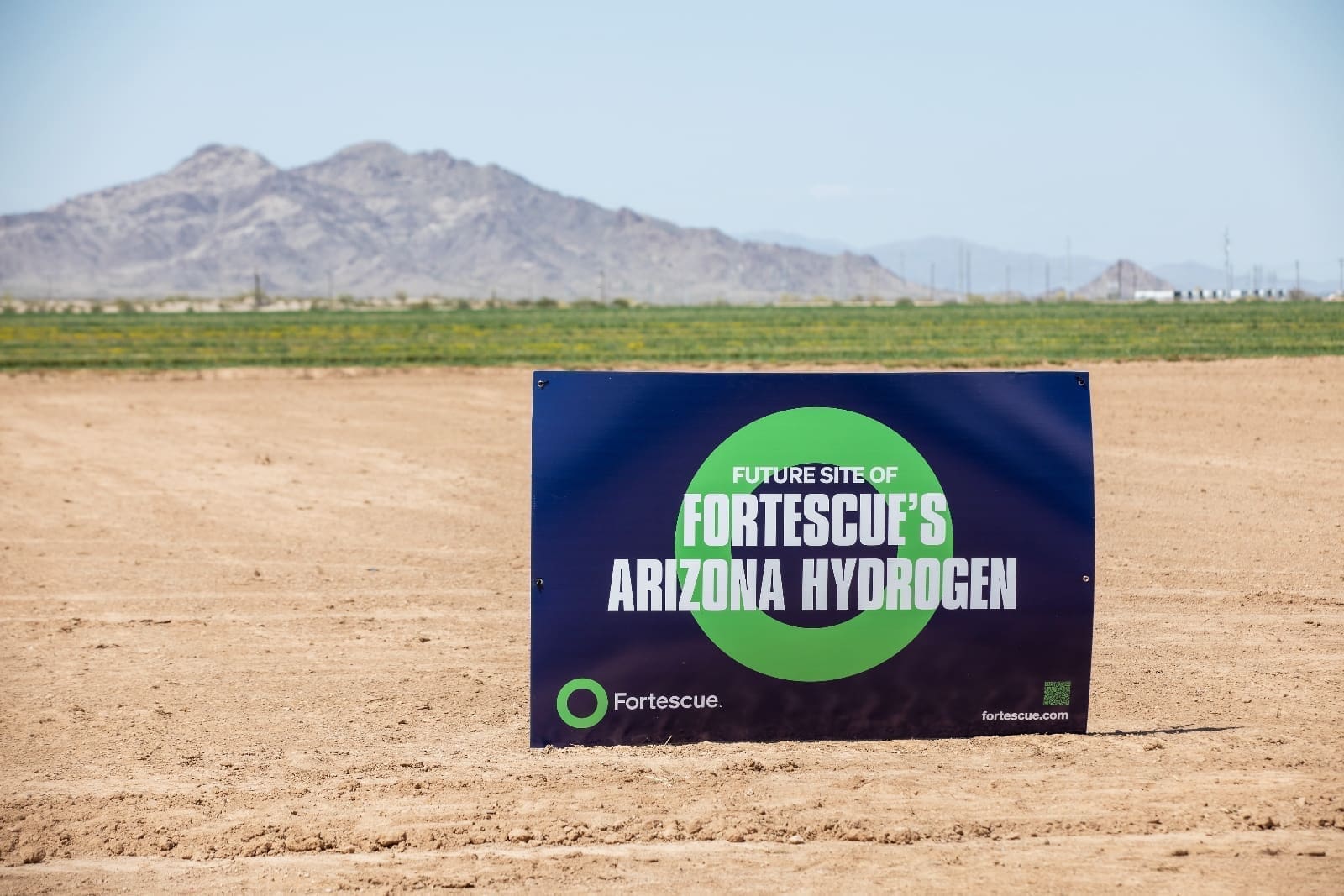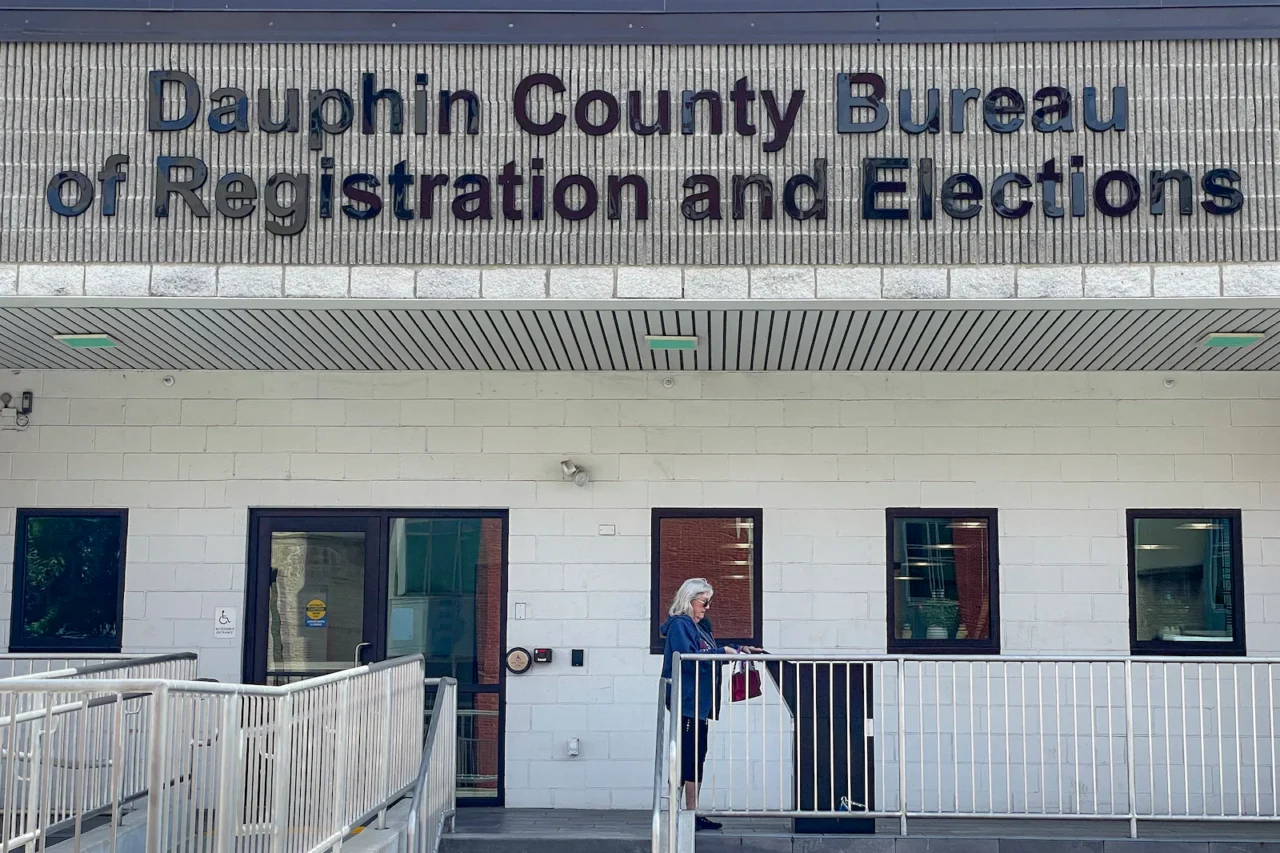Ajulo Othow started solar and storage company EnerWealth Solutions seven years ago to get small solar projects on farmland and other places in rural communities in the Southeast where money is tight and the phrase “green economy” is rarely spoken.
In just the last year, Othow said the amount of solar her company has developed went from 2 megawatts of power to 25 — an increase of 1,150 percent because of the Inflation Reduction Act, the massive climate and economic development law enacted in 2022.
“What the Inflation Reduction Act allows us now to do is for everyday people to start to take advantage of this technology,” said Othow, a longtime lawyer in North Carolina’s solar industry and the president of Black Owners of Solar Services.
The IRA is the Biden Administration’s signature climate law. The historic act is the most aggressive climate policy in U.S. history, rolling out billions in tax breaks and other incentives with the goal of cutting economy-wide carbon emissions 40 percent by 2030.
Every congressional Republican voted against the bill, arguing it was nothing more than handouts to prop up climate and social justice programs. Some on the extreme right continue to argue that climate change is a hoax. But now some GOP House members who voted against the IRA are urging their leader to consider saving key portions of it.

IRA creates ‘economic revolution’
In fact, it is the red states that overwhelmingly have benefitted from the federal government’s infusion of clean energy money, according to a report released this month by E2, a national nonpartisan group of more than 10,000 business leaders that advocates for a cleaner economy and environment.
Friday marks two years since Biden inked his signature on the IRA. Companies have announced roughly 330 clean energy and vehicle projects since that time, efforts that could create 109,278 jobs and bring in a whopping $126 billion in private investments, if completed, according to the E2 report.
E2’s report breaks down IRA-boosted projects by state, sector and industry as well as by congressional district. It found that “nearly 60 percent of the announced projects — representing 85 percent of the investments and 68 percent of the jobs — are in Republican congressional districts.”
Although Ohio Rep. Marcy Kaptur, a Democrat, boasts the largest number of projects — eight — in her district, the next seven congressional districts with the most IRA-subsidized projects are all represented by Republicans — in Georgia, the Carolinas, Nevada and Oklahoma.
“This is what I truly believe is the biggest economic revolution that this country has seen in generations, and it’s because we finally, finally, finally in this country decided to do something about climate change and clean energy,” said Bob Keefe, executive director of E2, during an hour-long online presentation with reporters.
Red state projects proliferate
Among the major projects is the South Korea-based solar manufacturer QCells. Last year it announced a $2.5 billion expansion in Dalton, Georgia, spurring more than 2,500 jobs and helping change a town known as the “carpet capital of the world” into a destination for clean energy manufacturing.
Since 2022, the northern third of Nevada has added more than 5,000 jobs from a $6.6 billion investment in projects such as the Rhyolite Ridge and Thacker Pass lithium mines as the state aims toward becoming the lithium capital of the United States.

And in North Carolina, $19.7 billion has been poured into the state, creating 22 clean energy projects and more than 10,000 jobs in solar, recycling, electric vehicle and battery manufacturing. The investments include a $13.9 billion Toyota Motor North America EV/hybrid battery plant slated to open next year.
E2’s report is based on publicly available information, including news releases and formal government announcements. Roughly one-third of the information did not include how much money was being invested or how many jobs a project was expected to create, E2 stated.
In other words, the impact of the IRA is likely broader than the nonprofit’s tally. That bodes well for environmentalists and clean energy advocates.
Indeed, the QCells project is in the district that is home to the highly vocal GOP Rep. Marjorie Taylor Greene, a climate denier and a fierce supporter of former President Donald Trump as he vies for a second term. Nevada U.S. Rep. Mark Amodei aligns himself with MAGA Republicans, who have pushed for more fossil fuel production in the United States — not less.
NC lawmakers block change
North Carolina is headed by a Democratic Gov. Roy Cooper, whose executive order on climate change strives to cut CO2 emissions 40 percent from 2005 levels by next year. But its majority GOP-legislature and congressional delegation frequently rail against clean energy policies.
Cooper was successful in getting the legislature to pass a sweeping energy bill that he signed into law in 2021, three years after his executive order on climate change. In turn, the state legislature has been using the state budget to whittle away at environmental protections or shape energy policy.
In 2023, lawmakers added a provision preventing North Carolina from joining a cap-and-trade program — such as the Regional Greenhouse Gas Initiative — to limit power plant emissions.
That GOP-led states are bearing the most fruit from the IRA is not surprising. Many, like those in the Midwest and Southeast, are home to major manufacturing operations, such as automakers, which are moving towards an all-hybrid or electric product in the coming decade.

This means while the conservative politicians may scoff at dollars to clean the environment, spending that spurs new or expanding businesses and jobs catches their eye.
Georgia is one of five states that boast 20 or more projects stemming from IRA investments. One of Nevada’s congressional districts has among the highest number of IRA-created jobs. And North Carolina’s multi-billion dollar investment is the highest among the 50 states.
The Toyota Battery Manufacturing North Carolina in Liberty is now valued at $13.9 billion. A company spokesman said the IRA helped but wasn’t the lynchpin in Toyota’s decision to expand the scope of the project, which is scheduled to start churning out batteries for EVs and hybrids next year.
“Incentives can be helpful but are often temporary or subject to changing political dynamics. As a result, Toyota makes long-term investment decisions based on the market, not incentive opportunities,” Eric Booth said in a statement emailed to Floodlight.
Some Republicans rethinking opposition to IRA
In fact, 18 congressional Republicans signed a letter to GOP House Speaker Mike Johnson of Louisiana urging him to be cautious in repealing all or parts of the IRA — something Trump has vowed to do if he is again elected president.
“Energy tax credits have spurred innovation, incentivized investment and created good jobs in many parts of the country — including many districts represented by members of our conference,” the Aug. 6 letter to Johnson said.
The Congress members said they had heard from industry and constituents that clawing back previously issued energy tax credits, especially on projects that already broke ground, would undermine private investments and stop development.
“A full repeal would create a worst-case scenario where we would have spent billions of taxpayer dollars and received next to nothing in return,” the letter states.
There has been a noticeable dropoff in the number of projects, jobs and money invested during the second year of the IRA compared with the first. Keefe chalks that up to, in part, the coming election.
“We know that anytime there’s an election year, there’s going to be uncertainty over policy,” he said.
Keefe warned that if the IRA gets rolled back, “It’s not, you know, tree huggers and environmentalists in San Francisco or New York that are going to get hurt. It’s working class people in Georgia, Michigan and North Carolina, Ohio that are going to get hurt because that’s where these these projects are going.”





























